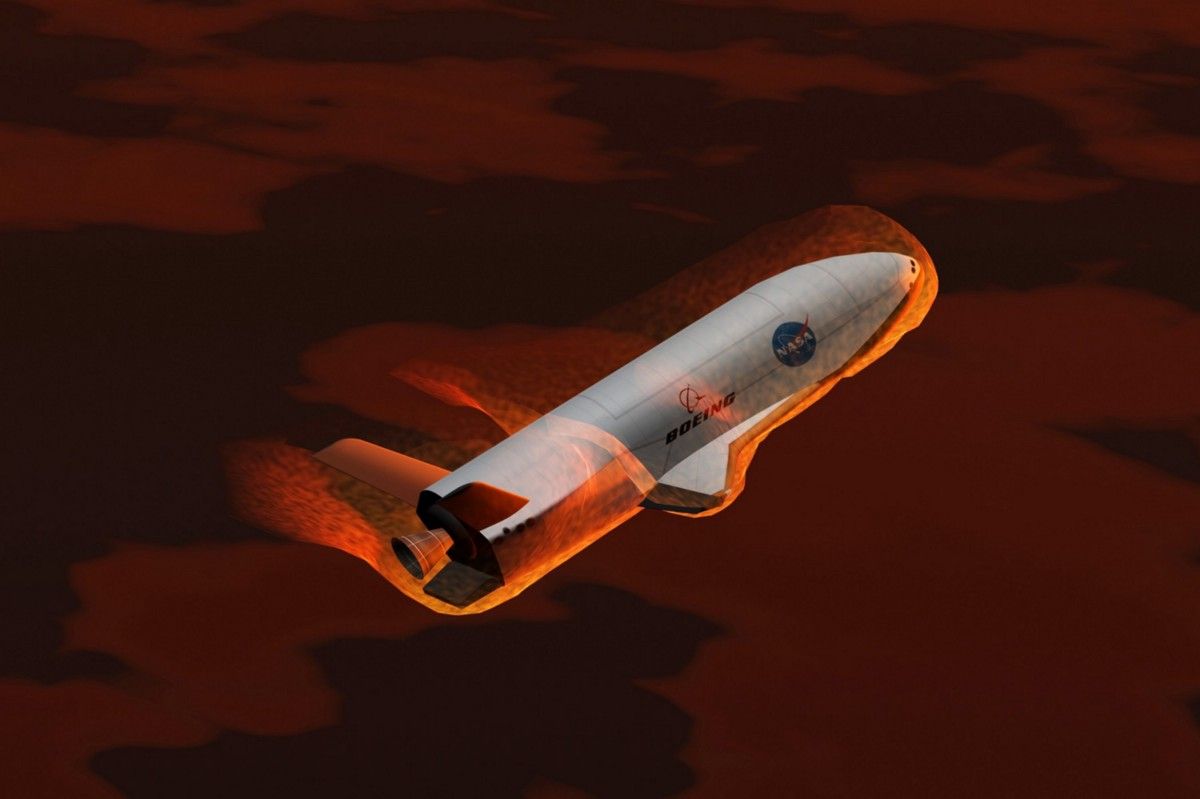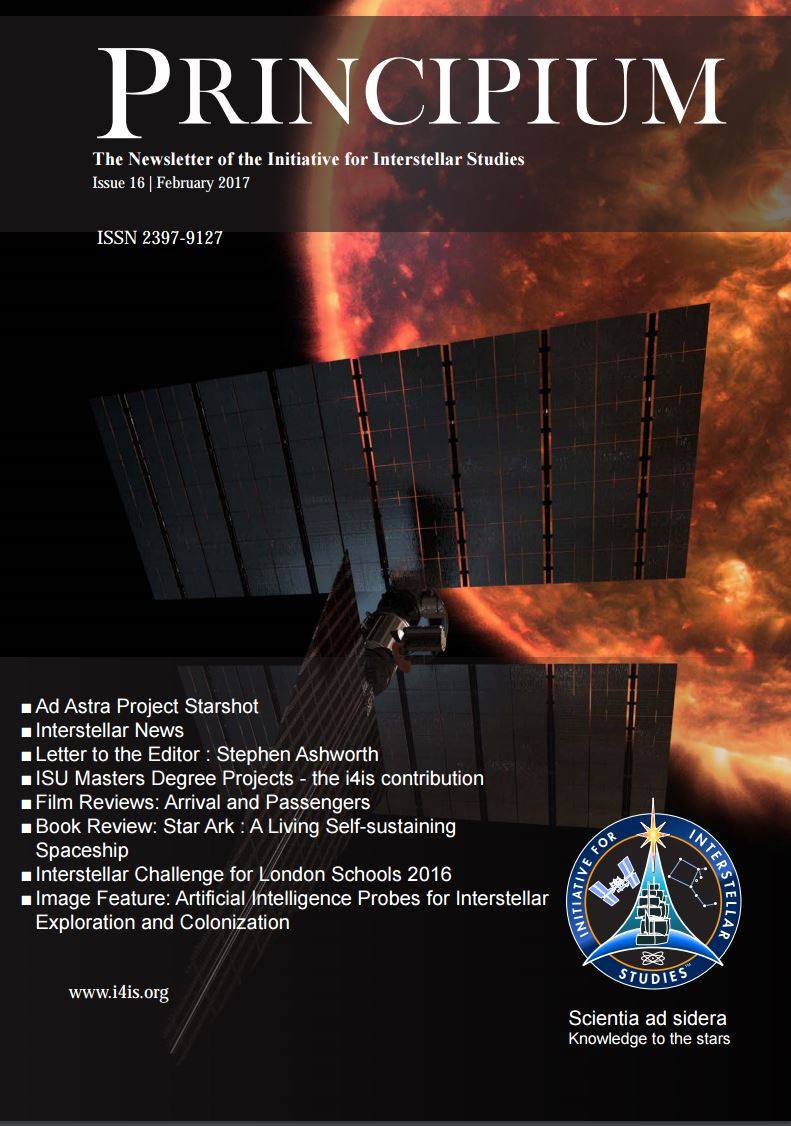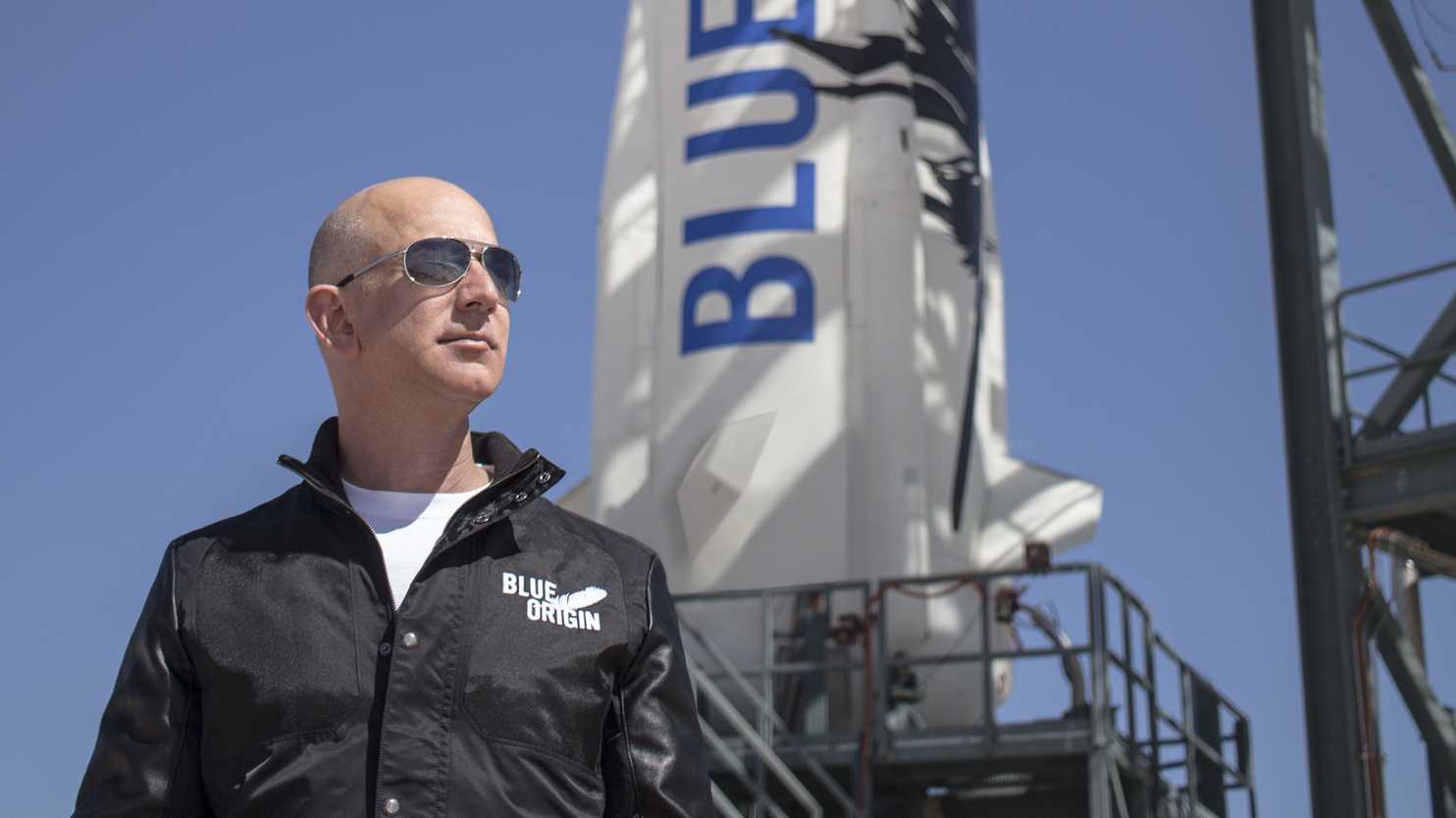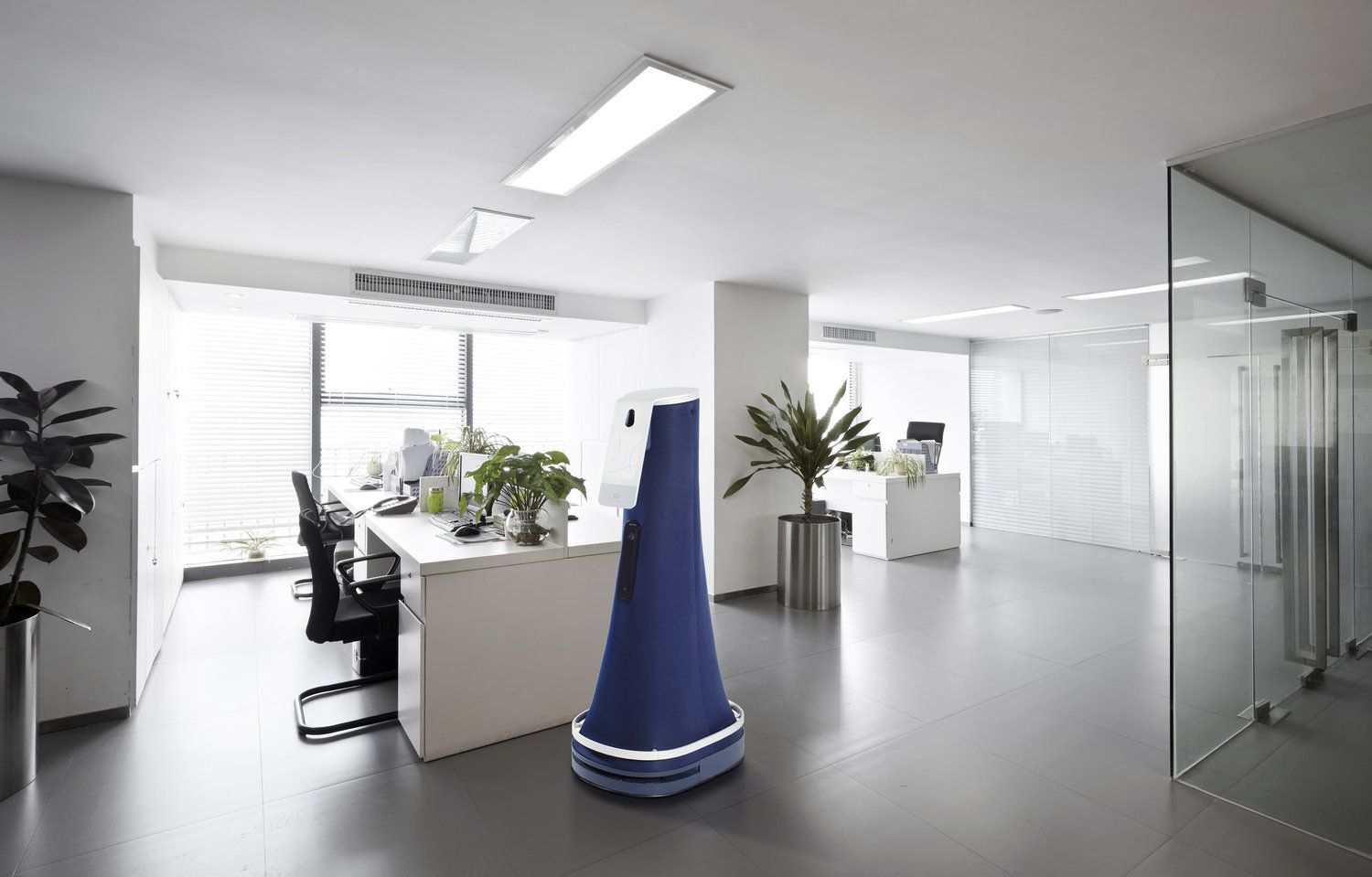
These dystopias may sound like science fiction, but they’re perfectly plausible given our current trajectory. The technology around robotics and artificial intelligence will continue to improve – but without substantive political change, the outcome will range from bad to apocalyptic for most people. That’s why the recent rumblings about a robot tax are worth taking seriously. They offer an opportunity to develop the political response to mass automation now, before it’s too late.
When I asked the prominent leftwing thinker Matt Bruenig for his thoughts, he explained that whatever we do, we shouldn’t try to discourage automation. “The problem with robots is not the manufacturing and application of them – that’s actually good for productivity,” he told me. “The problem is that they are owned by the wealthy, which means that the income that flows to the robots go out to a small slice of wealthy people.”
Job-killing robots are good, in other words, so long as the prosperity they produce is widely distributed. An Oxfam report released earlier this year revealed that the eight richest men in the world own as much wealth as half the human race. Imagine what those numbers will look like if automation accelerates. At some point, a handful of billionaires could control close to one hundred percent of society’s wealth. Then, perhaps, the idea that wealth should be owned by the many, rather than monopolized by the few, won’t seem so radical, and we can undertake a bit of sorely needed redistribution – before robot capitalism kills us all.
Read more









